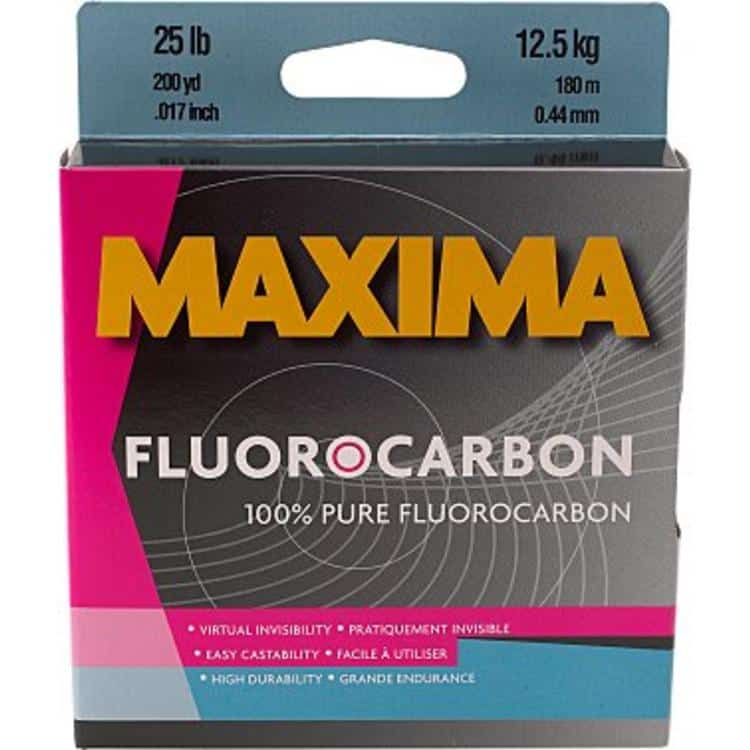Shimano Tekota 500 LC – Equipment Review
Check out our Astoria Fishing Charters and Washington Halibut Charters The Shimano Tekota reel has been on the market for around a decade now and is one of the favorite…
Comments Off on Shimano Tekota 500 LC – Equipment Review
April 12, 2011

